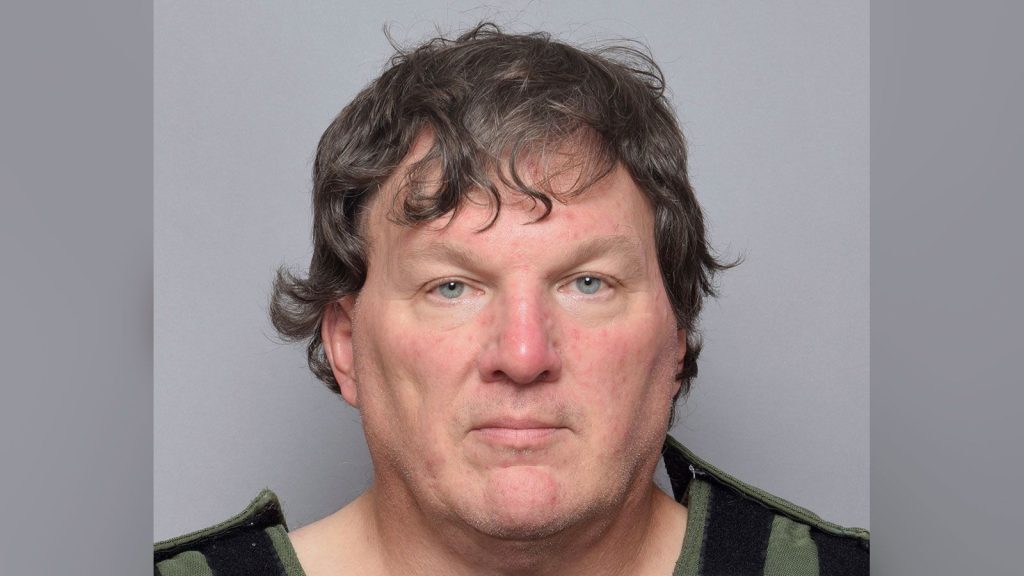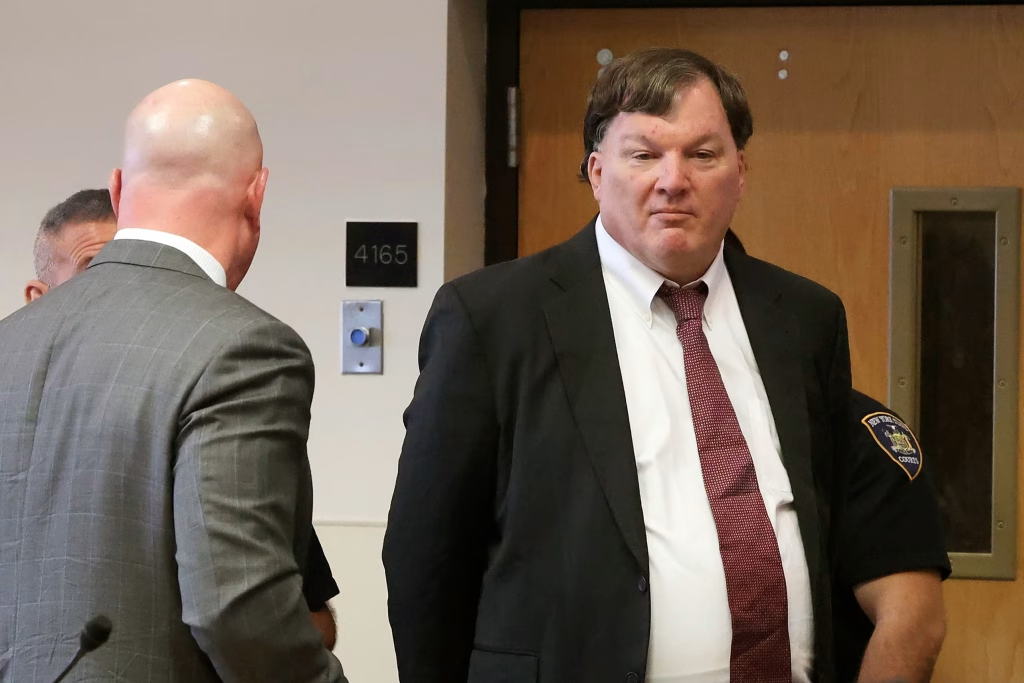Understand Your Rights. Solve Your Legal Problems


Posted: 7th July 2025 Lawyer Monthly
Accused Long Island serial killer Rex Heuermann, 61, is facing a critical pretrial phase as prosecutors and defense attorneys prepare for what is expected to be a high-profile trial. At the core of the heated legal battle is a new form of DNA evidence: whole genome sequencing, which prosecutors are using to link hair found at various crime scenes to Heuermann.
Unlike traditional methods that compare up to 24 DNA points, whole genome sequencing examines over 100,000. Prosecutors assert this advanced technique offers near-certain identification and is widely accepted in the broader scientific community, having been used in various fields including medicine and identification of war dead.
Defense attorneys, however, maintain the technique has never been explicitly tested and admitted in New York criminal courts and should therefore be deemed inadmissible.

Rex Heuermann in Court
A Frye hearing is currently underway, which began in late March 2025, where both sides are presenting expert witnesses to argue the reliability and legality of this forensic approach. The defense has notably challenged the credentials of some prosecution witnesses and the methodology, including the use of the publicly accessible 1,000 Genomes Project as a reference pool. This hearing is expected to continue for several months.
Another significant point of contention has been the defense's request to split the charges—currently bundled into a single indictment involving seven murders—into five separate trials. Their argument is that the killings differ too much in timeline, method, and victim profiles to be tried together without prejudicing the jury. However, a judge recently denied this request, meaning Heuermann will face a single trial for all seven murder charges.
Suffolk County District Attorney Ray Tierney has stated that the case is now "heading toward the trial phase," though no trial date has been set as of early July 2025. Heuermann remains in custody at the Riverhead Correctional Facility.
Police began investigating a series of murders near Gilgo Beach back in 2010. At least 11 sets of remains were discovered along a stretch of Ocean Parkway, including those of eight women, one man, and a toddler.
Some victims, like Jessica Taylor and Valerie Mack, had been found in dismembered states, with tattoos deliberately mutilated. Others were linked through location and method of disposal.

Mari Gilbert Mother of Shannon Gilbert
Prosecutors allege that Heuermann was intimately familiar with the area. For several years, he worked security at Jones Beach State Park, patrolling the same stretch of land where bodies were later discovered. This, they say, gave him night-time access and intimate knowledge of Ocean Parkway.
Heuermann was first charged in July 2023 for the murders of Melissa Barthelemy, Amber Costello, and Megan Waterman. Additional charges followed, including the deaths of Maureen Brainard-Barnes (January 2024), Jessica Taylor (June 2024), Sandra Costilla (June 2024), and Valerie Mack (December 2024). He has pleaded not guilty to all charges.
During their investigation, prosecutors uncovered a chilling digital document on Heuermann's computer: a step-by-step guide to preparing for, committing, and covering up murder.
Sections titled "BODY PREP" and "POST EVENT" detailed tasks such as removing heads and hands, obliterating tattoos, washing body cavities, burning gloves, and changing tires. Another section emphasized planning and “lessons learned” to apply to future crimes.
DA Tierney described this as a “blueprint” for serial killings—claiming it aligns with physical evidence and shows a pattern of behavior, not isolated acts.
The case continues to garner significant media attention, including the Netflix docuseries Gone Girls: The Long Island Serial Killer, directed by Liz Garbus. The series highlights how systemic issues, including police corruption, contributed to the decade-long delay in solving the murders.

“Gone Girls: The Long Island Serial Killer” documentary poster.
Garbus points to disgraced Suffolk County officials—DA Thomas Spota and former Police Chief James Burke, both convicted of federal crimes—as significant barriers to justice.
The documentary also reveals how the victims were often dismissed because they were sex workers. Family members pushed back on that narrative, insisting their loved ones were active, connected, and not forgotten.
Neighbors, too, were reportedly not surprised by Heuermann’s arrest. His dilapidated house in Massapequa Park was avoided by local children and seen as an eyesore in an otherwise tidy neighborhood. Recently, Heuermann's estranged wife, Asa Ellerup, who filed for divorce shortly after his arrest and reached a settlement in March 2025, has also spoken out in a new docuseries, "The Gilgo Beach Killer: House of Secrets," airing on Peacock in June 2025.
Her attorney has stated she believes her husband is "not capable" of the crimes, despite her own and her daughter's hair being found on some victims. Prosecutors have clarified that Heuermann's wife and daughter were out of state during many of the murders, suggesting DNA transfer.
What hasn’t been widely discussed is the emerging role of digital behavior in modern serial killer investigations. In recent years, search histories, location data, app usage, and even online shopping habits have helped investigators draw connections where physical evidence alone was once relied upon.
In Heuermann’s case, the alleged digital "blueprint" raises a deeper question: How many other unsolved crimes could be cracked with digital forensics? And how many suspects are hiding in plain sight—tracked not by footprints, but by clicks?
Who is Rex Heuermann? Rex Heuermann is a Long Island-based architect accused of murdering seven women whose remains were found near Gilgo Beach. He has pleaded not guilty to all charges and is currently awaiting trial.
What is whole genome sequencing (WGS) in the Gilgo Beach case? Whole genome sequencing (WGS) is an advanced DNA analysis technique that examines over 100,000 genetic points. Prosecutors are seeking to admit WGS evidence, linking hair found at crime scenes to Heuermann, in the Gilgo Beach serial killer case. Its admissibility is currently being debated in a Frye hearing in New York courts.
What is the Gilgo Beach case about? The Gilgo Beach case involves the discovery of 11 sets of human remains along Ocean Parkway on Long Island, New York, since 2010. Rex Heuermann has been charged with the murders of seven of these victims.
What is the current status of Rex Heuermann's trial? As of July 2025, Rex Heuermann's case is in the pretrial phase. A Frye hearing is underway to determine the admissibility of whole genome sequencing DNA evidence. A judge has denied the defense's request for separate trials, meaning Heuermann will face a single trial for all seven murder charges. No trial date has been set yet.
Where can I watch documentaries about the Gilgo Beach serial killer case? You can watch the Netflix docuseries Gone Girls: The Long Island Serial Killer, directed by Liz Garbus. Additionally, a new three-part docuseries titled The Gilgo Beach Killer: House of Secrets, featuring interviews with Heuermann's estranged wife Asa Ellerup, premiered on Peacock in June 2025.
Gone Girls: Fact-Checking Netflix’s True Crime Hit
A comprehensive breakdown of what Netflix got right—and what it didn’t—in Gone Girls: The Long Island Serial Killer. This article fact-checks the series scene by scene and offers important context about the real investigation.
Rex Heuermann Today: Shocking New Details Ahead of the Long Island Serial Killer Trial
New revelations, expert testimony, and key updates on the upcoming trial of Rex Heuermann. This piece explores the latest developments and the legal strategies shaping the courtroom battle.





